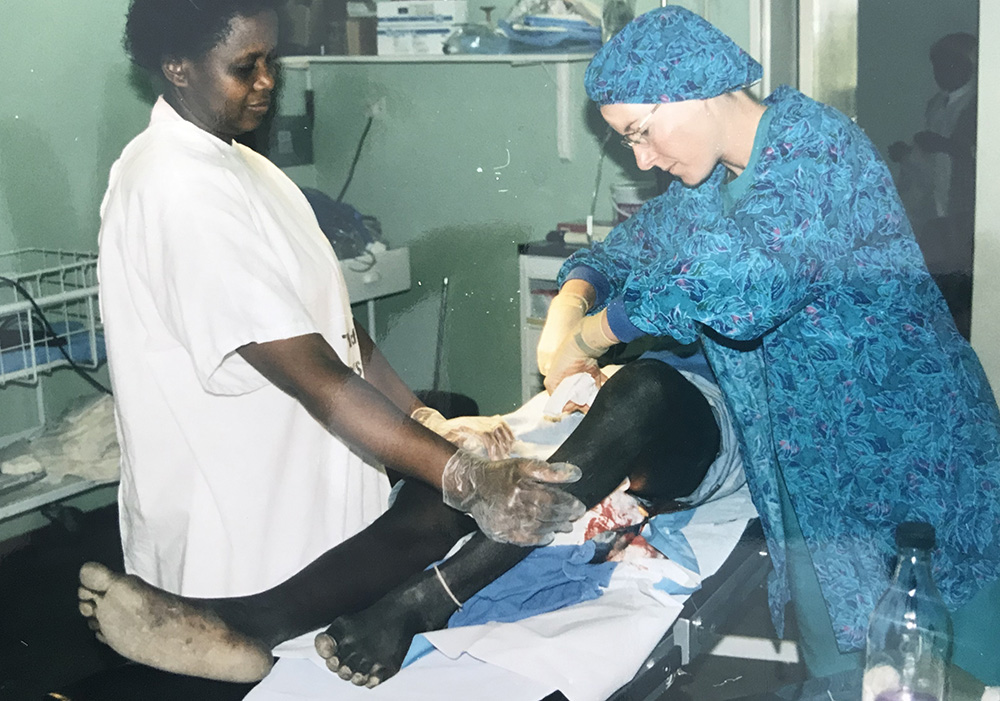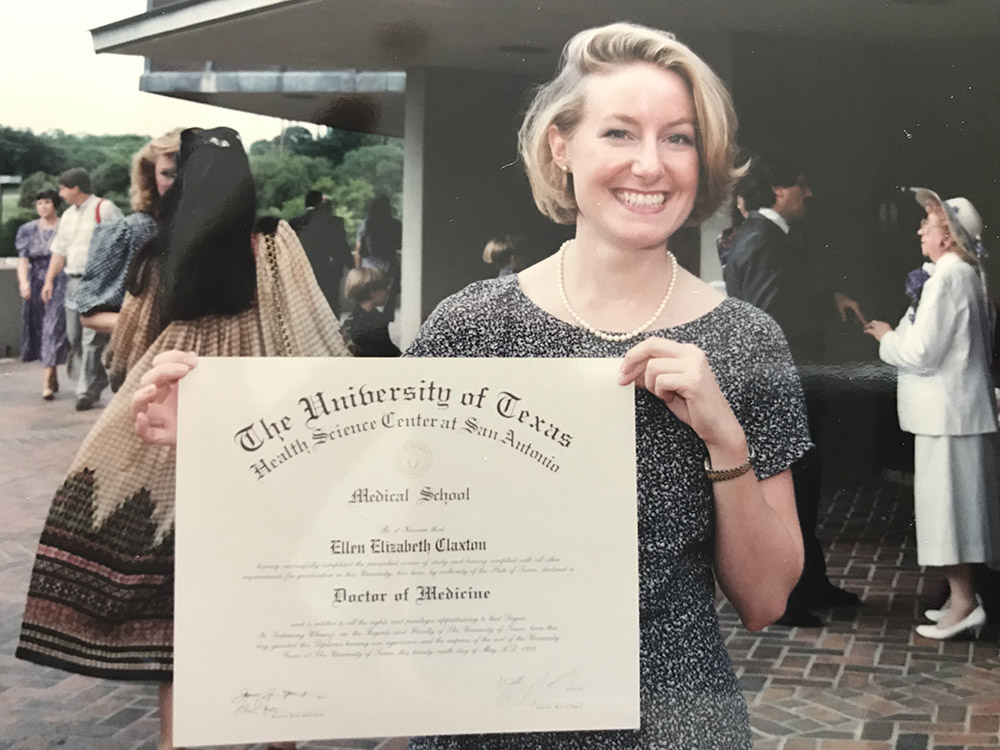My Journey to Functional Medicine
From an early age I was a caretaker. Sensitive to others’ emotions and sensations, I wanted everyone to feel better. If I could help make that happen, I had a sense of value, a shot of worth.
My mother taught deaf children. My father, a metallurgical engineer, PhD, and entrepreneur, worked hard. I didn’t see him a lot. Their marriage lasted until I was seven.
From this moment, at age seven, I knew I needed to take care of myself. Many types of careers appealed to me: archaeology, anthropology, dancing, acting, commercial art, and when it became apparent that I had an aptitude for science and math, medicine. With a career in medicine, I knew at age 13 that I could survive on my own. Unfortunately, when one’s nose is in books, not much singing, dancing, acting, or art happens.
High School, driven. College, driven and focused. Medical School, driven and ungrounded. Residency, driven and holding my breath. Board certification, check. Then I came up for air.









